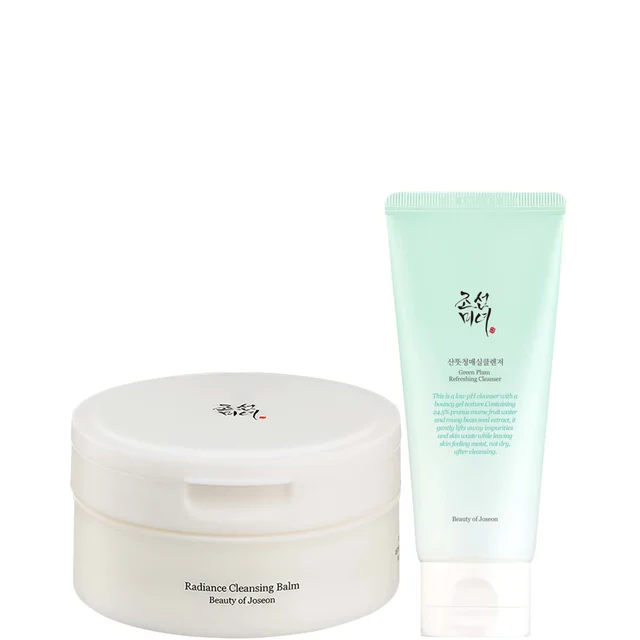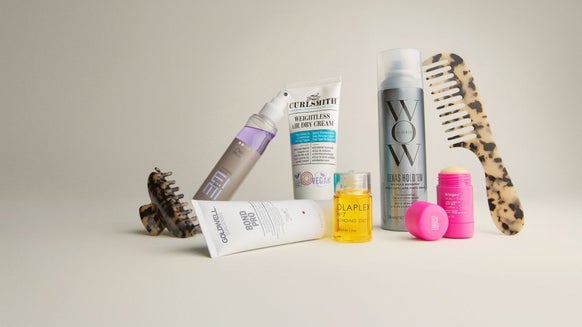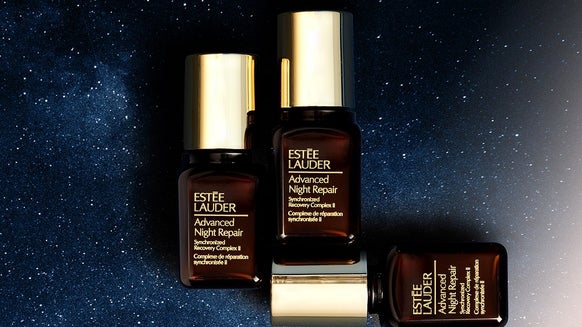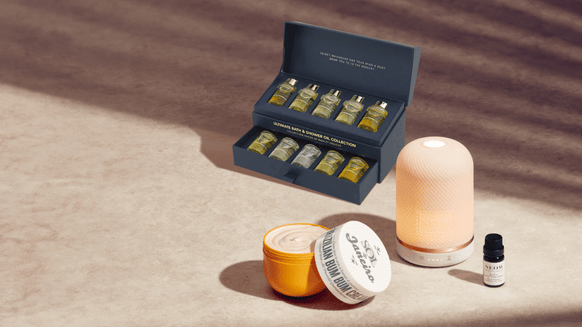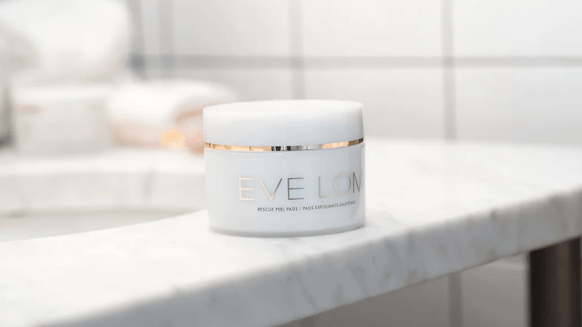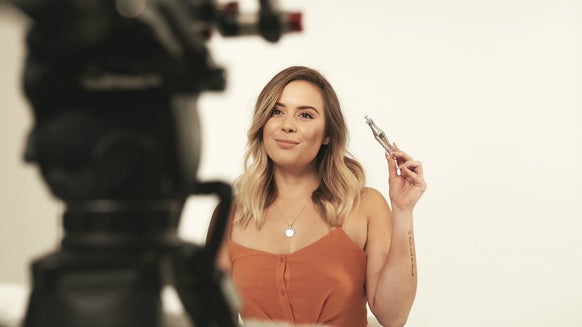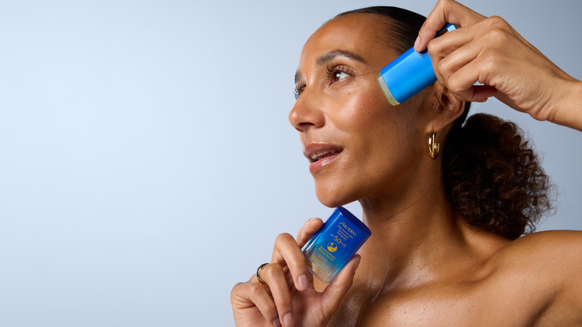Your Ultimate Guide to K-Beauty
Welcome to skincare school. Whether you're looking to overhaul your skincare routine entirely or are hoping to include one or two trending skincare items in your regime, we are here to take you through K-Beauty FAQs, the best Korean skincare brands, and skincare sets to introduce you to this new world of skincare.
Sit back and scroll on to learn about the skincare taking the world by storm. Skincare school is in session.
K-Beauty Frequently Asked Questions
What is K-Beauty, and how does it differ from Western skincare?
Korean skincare is different from Western skincare mostly in its focus on natural ingredients and skin protection and prevention. At its core, Korean skincare focuses on preventing problems from starting, rather than reacting once skin concerns occur. It does this through its use of traditional ingredients that are not commonly found in Western skincare, like snail mucin or rice. Click here to read up on Korean skincare ingredients.
It is also famed for its 10-step routine. While Western skincare does not have a general skincare routine to follow, Korean skincare gives a more structured regime, taking the guesswork out of how to use your products and optimising your results. Click here to learn all about the 10-step skincare routine.
The desired outcome of the 10-step routine and layering skincare is “glass skin”, I.E skin that is smooth, supple, and shiny. Youthful, healthy, hydrated skin is the optimum result of using a Korean skincare routine, and who wouldn't want that?
Is Korean skincare better than Western skincare?
It's hard to say whether Korean skincare is “better”, because it is simply different. The main different between Korean and Western skincare is the focus.
While Korean skincare focuses on the prevention of skincare concerns arising, Western skincare tends to address the concerns as they happen. For example, K-beauty is packed with natural ingredients like green tea, which contains antioxidants that can prevent acne breakouts, whereas one of the most popular Western skincare products are zit stickers, which are used after the breakout happens.
The approach Korean products take also differs to Western skincare. While K-beauty focuses on gentle layering of hydrating products filled with natural, traditional ingredients, Western skincare is more targeted and generally contains actives like retinoids.
How do I start a K-Beauty routine?
Starting a Korean skincare routine can be overwhelming. Do we really need 10 steps in a routine? Luckily, we have created a guide to the 10-step skincare routine, breaking down the purpose of each product and recommending favourites, as well as a skincare routine builder, to curate your ideal skincare routine and take all the guesswork out of skincare shopping.
Why does K-Beauty take 4-6 weeks to show results?
As much as Korean skincare is renowned for its efficacy, it cannot show results immediately – no skincare can!
The skin naturally goes through a 28-day cycle where old cells are replaced with new ones. If you are consistent with your application, this is the minimum amount of time needed to start seeing the impact.
If your skin concerns are deeper, like wrinkles or acne scars, it may take a few months for you to notice real results. It takes more time for ingredients to penetrate deeper into the skin, so bare this in mind and do not become discouraged after a couple weeks!
Which K-Beauty products are best for sensitive skin?
Many Korean skincare products are designed for sensitive skin. Because of the focus on natural ingredients and gentle treatment, a lot of the classic Korean ingredients can be used on any and every skin type. Learn about Korean skincare ingredients here.
What are the best K-Beauty sunscreens?
Korean sunscreens are renowned for their protective SPF levels and lightweight formulas. The Beauty of Joseon Relief Sun Rice + Probiotics SPF50+ is a very popular option, and unique formulas like the Matte Sun Stick are also highly sought after due to their matte finish and weightless feel.
Are snail mucin products worth trying?
Snail mucin is an ingredient you will see surrounding K-beauty frequently. Yes, it is the “slime” found on a snail, and we're considering it to be Mother Nature's moisturiser. It is ultra hydrating and gentle on the skin, while also helping to repair skin, reduce sun damage, and help with anti-ageing concerns.
Do not be put off by the name, this product is renowned for its results across Korea and globally, so give it a try!
Unique Korean Skincare
Korean skincare is also known for its unique formulas and textures. Here, we have highlighted some of our favourites, as well as pieces we can't wait to get our hands on! From toner pads to hydrogel masks to jellies and stick masks, while they take their ingredients very seriously, Korean skincare comes in such fun packaging and formulas that you can't help but reach for.
Best Korean Skincare Brands
As with all skincare and cosmetics brands, it is hard to say who is the best as everyone prefers different products! If you are just starting to learn about Korean skincare, check out the below brands for their unique products and positive reputations.
Best Korean Skincare Sets
Want to dip your toes into the latest craze from Korea, but not sure where to start?
There are a wide range of skincare sets within the K-beauty space, designed to give you a taste for the products and ingredients. Take a look below!
Shop the full range of

Discovering makeup in the 2010's era of full glam was always going to lead me to beauty writing. A lover of pop culture and language, my content is always rooted in modern day trends. My beauty holy grails are the LANEIGE Lip Glowy Balms, L'Occitane Shea Butter Hand Cream, detox masks for my skin, and any hair product that promises to repair, hydrate, and strengthen!














